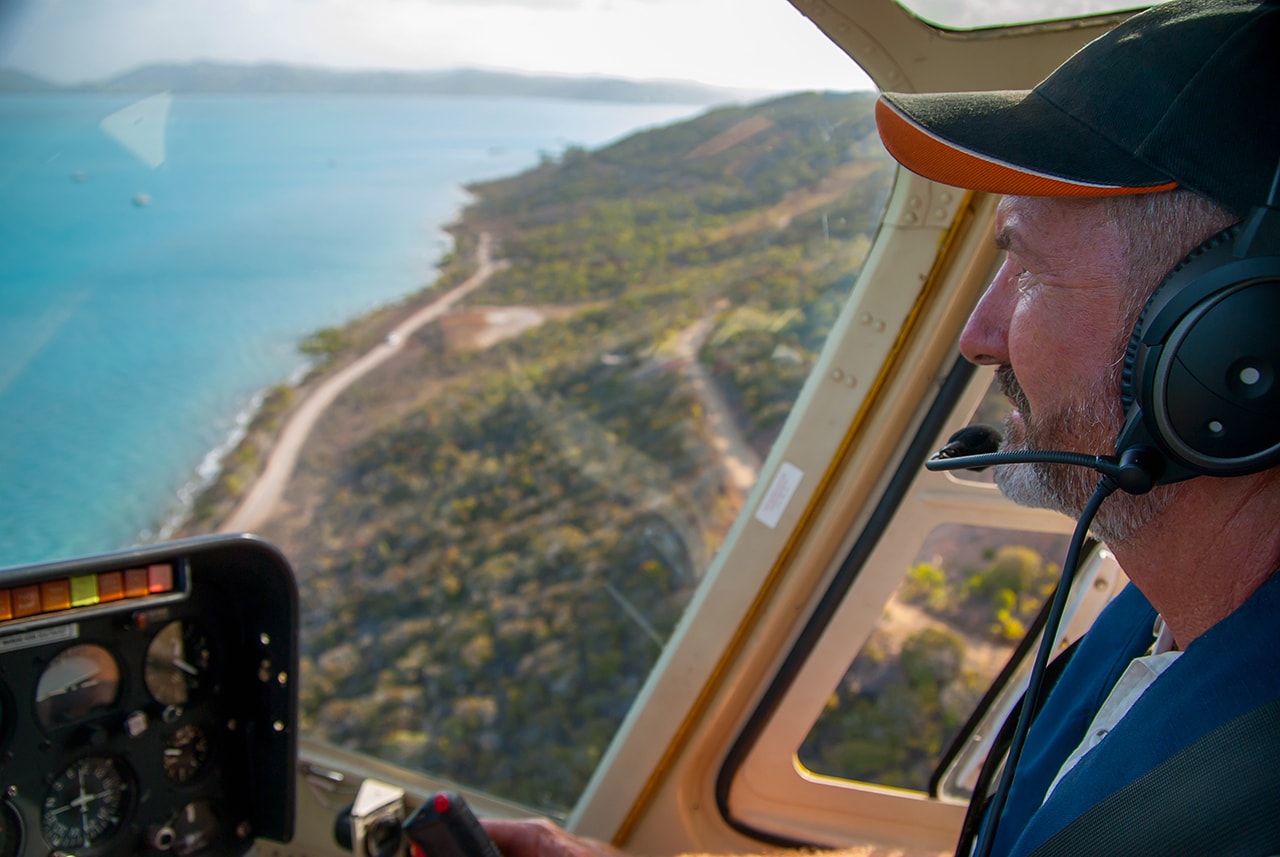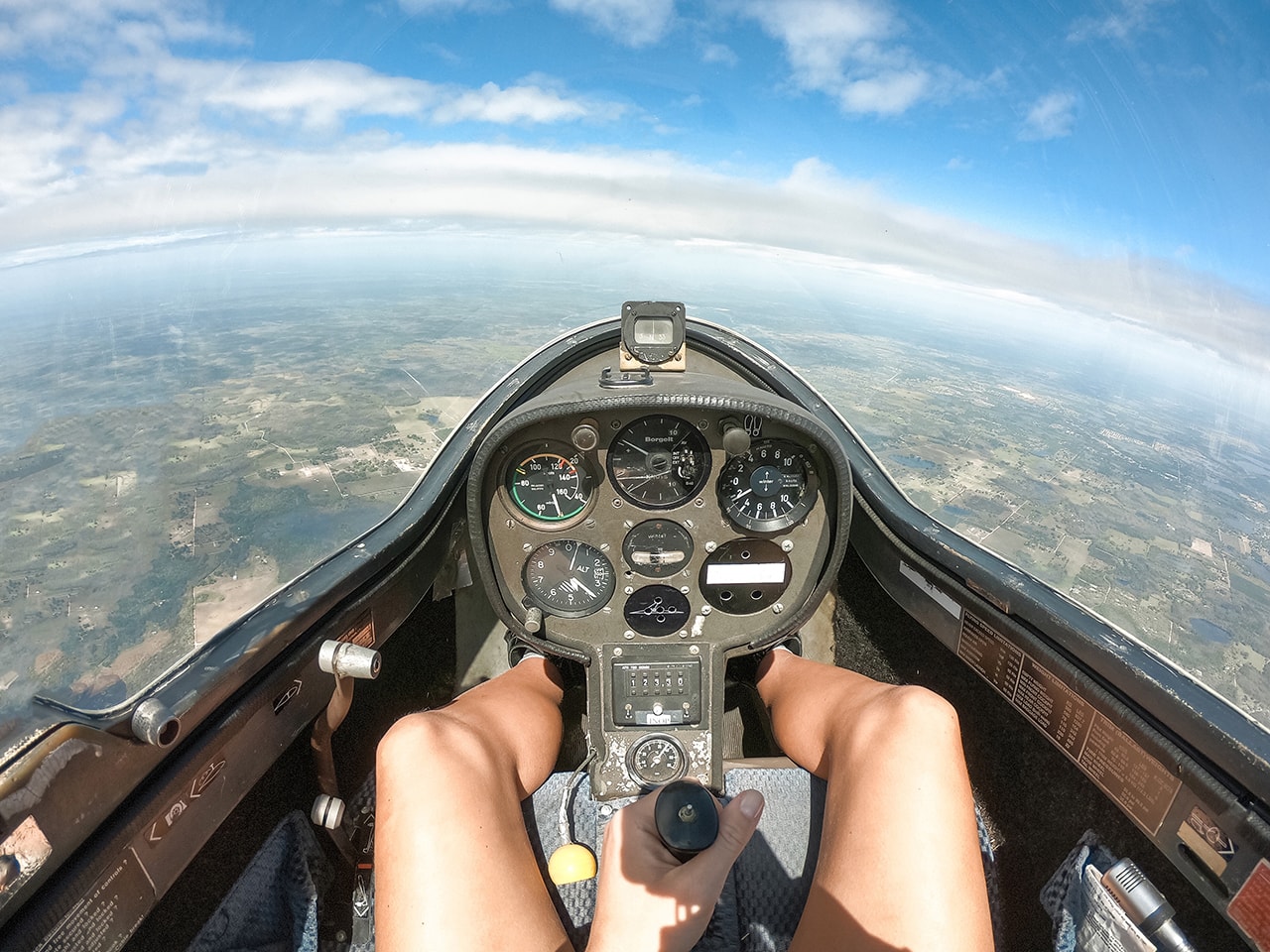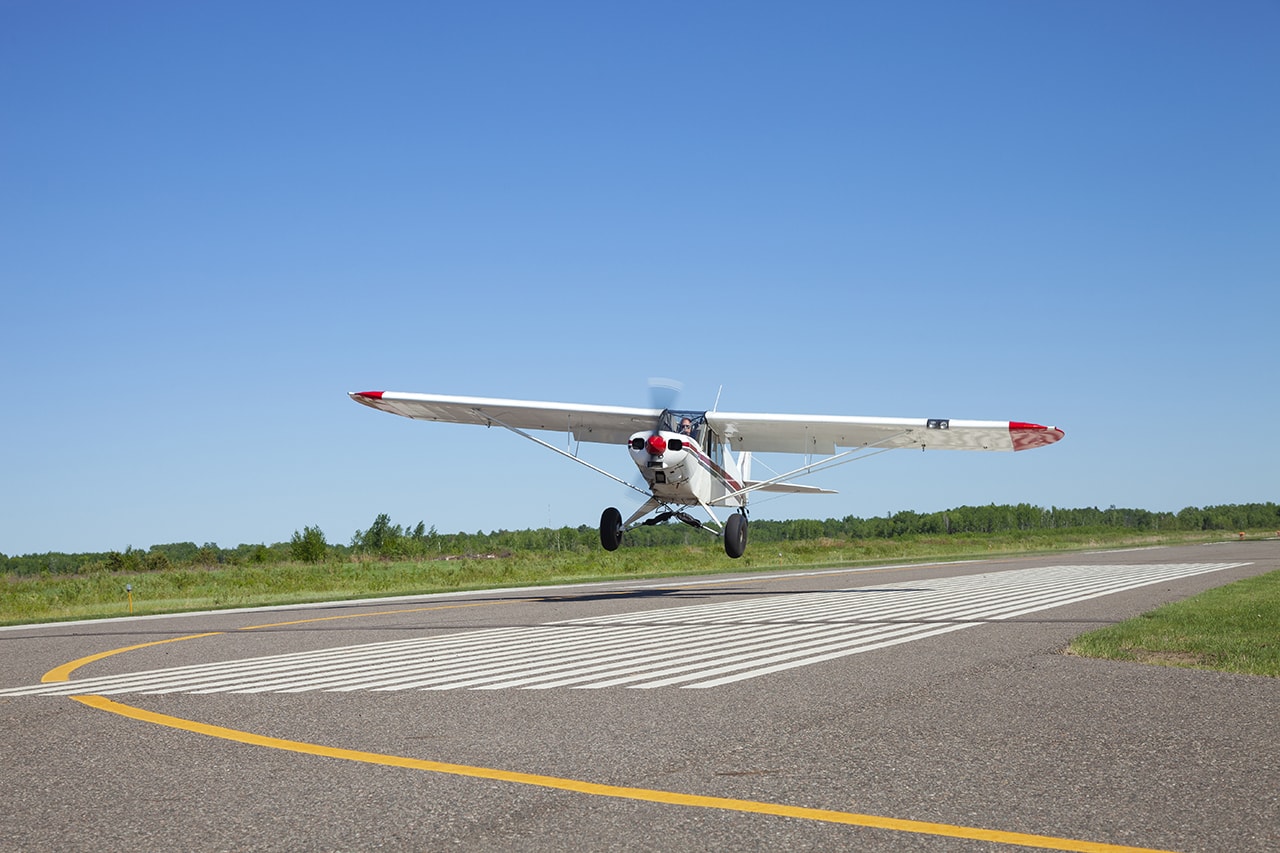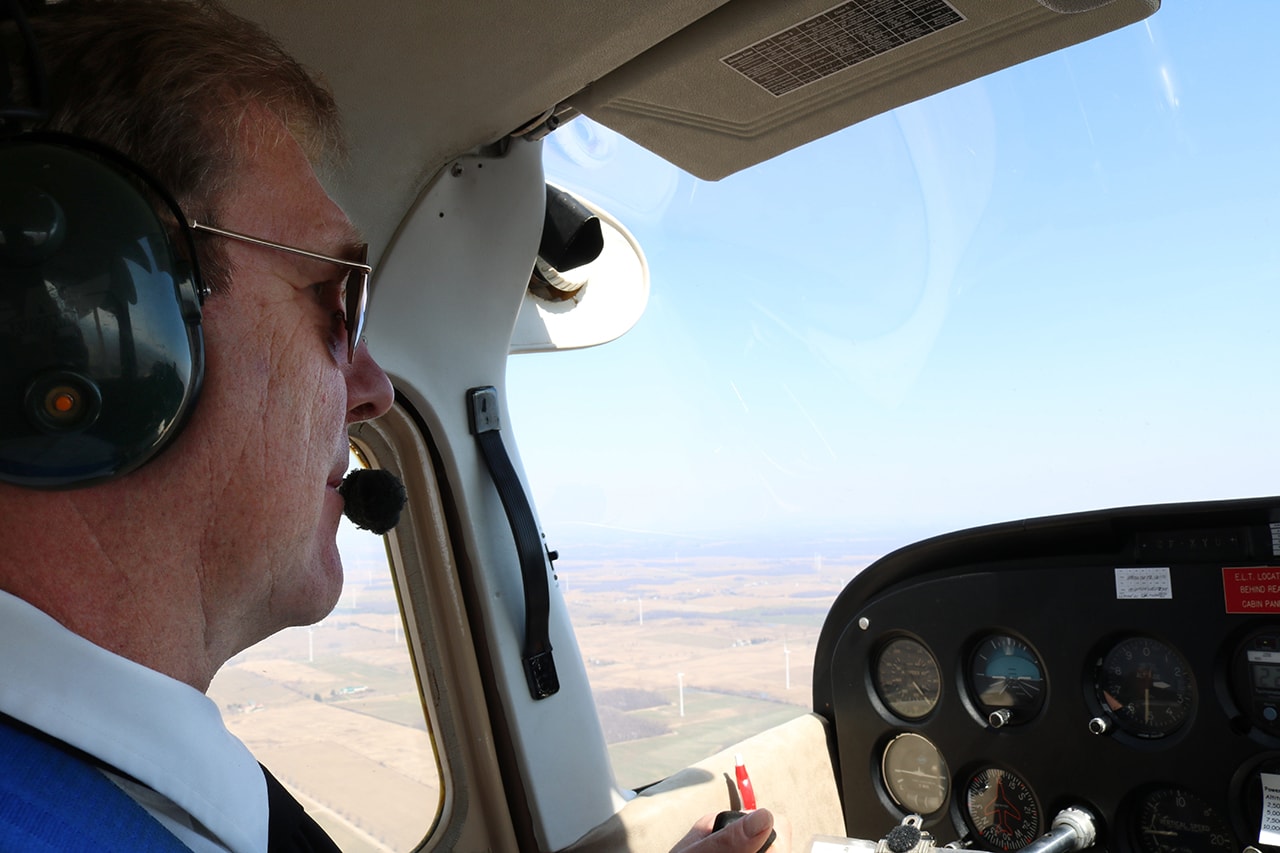Top Flying Lessons: Learn to Pilot Like a Pro
May 13, 2025
Thinking of flying lessons? This article covers it all, from flying lessons 101 to costs, types of aircraft and time to get your pilots licence. Whether you’re a beginner or looking for a career in aviation, read on to get started.
Key Takeaways
-
Flying lessons are a combination of ground school and in-flight training to develop practical flying skills and aviation knowledge.
-
Flying lessons cost $100 to $200 per hour, with many factors affecting the price; using simulators can help reduce training costs.
-
No prior aviation experience needed to start flying lessons, structured training for individual learning paces.
What Are Flying Lessons?
Flying lessons are designed to teach you how to safely and competently fly different types of aircraft. This includes training to fly airplanes, helicopters or gliders. Hands on experience during these lessons will have you managing these machines and feeling the thrill of flying them.
In addition to actual flight lessons, ground school education plays a big part by covering important aviation topics such as navigation, weather and aviation rules. For example, helicopter flying lessons cover both theory and practical exercises, so you are equipped to fly in real life scenarios.
How Do Flying Lessons Work?

Flight training is a process that combines classroom learning and actual flying. First, ground school teaches you the principles of flight, aircraft operations and federal aviation regulations – all the things you need to know to become a pilot.
This ground instruction forms the foundation of your journey, ensuring you understand the theory before taking to the skies.
Next, you get to fly an aircraft with a certified flight instructor. These hands-on sessions will allow you to apply what you learned in ground school to real-world scenarios. Most training aircraft are equipped with dual controls, allowing instructors to take over, when necessary, which provides a safe and effective learning environment for beginners.
Each lesson will start with basic maneuvers and work up to more complex tasks like navigation and in-flight emergencies. The goal is to build your confidence and skillset for solo flights towards your private pilot certificate.
Along the way you’ll spend more time in the cockpit honing your flying skills with experienced flight instructors. This combination of academic and flying will not only enhance your overall training but also sets you up for long term success in aviation.
It prepares you for the extraordinary life journey with new skills –ahead of what’s to come on your professional path to mastery of flight.
Types of Aircraft for Flying Lessons

Flight schools offer a diverse range of aircraft for individuals eager to learn how to fly, each delivering its own distinctive experience in the sky. The Cessna 172 Skyhawk is especially favored among single-engine planes for novice pilots due to its dependability and efficient performance. It is often chosen as the starting point because it combines ease of use with affordability when it comes to operational expenses.
For those who want to learn more complex flying skills, multi engine aircraft and helicopters are options. Trainees often choose the Piper PA-28 Cherokee because of its gentle flying and economic training costs. Helicopter training involves specialized programs from flight schools that offer helicopter certifications, a whole different kind of fun.
Gliders and ultralight aircraft also offer a chance to experience engineless flying through silent soaring. Meanwhile the Cirrus SR20 stands out with its modern flat panel avionics and advanced safety features like parachutes.
This makes it a great choice for students who want to learn about all aspects of aviation safety and technology, especially aviation enthusiasts seeking both innovation and hands-on experience.
Cost of Flying Lessons

Cost of training is between $100-$200 per hour. This cost is dependent on the type of aircraft, location and flight school. Flying in planes with traditional gauges instead of glass cockpits can be a way to save costs.
Using the simulator in your training can save 10-15% of your total training cost. Being well prepared for each lesson by studying hard and keeping up with ground school can speed up your learning and reduce the number of hours you fly.
Packages or discounts for buying multiple lessons at once are sometimes available from some flight schools. By doing your research and planning ahead you can find a more affordable way to get your pilot training while still maintaining high standards of teaching.
Duration to Learn to Fly
It takes several months to a year to get a private pilot license depending on how fast you progress and how often you fly. To speed up your flight training and save costs, it’s best to fly 2-3 times a week.
Your training includes both ground school and flight time. Once you complete ground school you must pass a written exam before you can move on to flying tests. Note that the first few flying lessons count towards the total hours required for a private pilot license – so you get a head start on becoming a licensed pilot.
Eligibility Requirements for Flying Lessons

To be eligible to fly you must meet certain requirements. A student pilot certificate can only be issued to individuals 16 or older, but you can start gliding or ballooning at 14. Before you can fly solo you must get a third class medical at minimum by getting an FAA Medical Certificate.
Applicants must be able to read, speak and write in English. You must have a student pilot certificate from the FAA before you can fly solo. These requirements ensure that every student pilot has the communication skills and medical status to fly safely.
Prior Aviation Experience Needed?
The beauty of flight lessons is that they are open to those with no prior aviation experience. These programs are taught by experienced pilots for people with no experience flying. You can start your journey in aviation from scratch, with training tailored to your learning style and pace.
Instructors are great with beginners and will guide you through the early stages, prioritizing safety and skill development. Whether you start at ground school or take to the skies with your first flight lesson, the structured approach means you’ll build proficiency and confidence to move along your aviation journey. Commit to train.
Choosing Your Flight Lesson Schedule

Many flight schools offer different scheduling options to suit their students’ needs so you can fit flying training around your personal life. You can book during peak hours or quieter times depending on what suits you best. This flexibility is crucial for people who have to balance work, education or other responsibilities with learning to fly.
Flight schools usually allow students to rebook lessons without penalty as long as you give them notice within a certain time frame. This convenience means you can change your schedule when you need to and avoid any extra costs of changing your plans.
Making Flying Lessons a Memorable Gift
Gift certificates for flying lessons are a unique and thrilling experience perfect for anyone with an interest in aviation or looking for an adventure. They are great for birthdays, anniversaries or any other special occasion.
These certificates allow the recipient to schedule their flying sessions at a time that suits them. The combination of adrenaline and personal development makes flying lessons a memory they will hope to never forget.
Limitations and Safety Considerations
Safety of pilots and passengers is the top priority in aviation training and is enforced by strict regulations. For example solo flight is 16 years old and commercial is 18. This is why age restrictions during pilot training is a big deal. To keep their certifications pilots need to fly a certain number of hours consistently to stay current.
During flying lessons there is a big emphasis on practical skills to control the aircraft and follow weight and capacity rules that are critical for safe flight. Students get comprehensive training to be able to navigate different airborne scenarios following established aviation rules.
To protect the health and efficiency of pilots FAA limits how many hours they can fly in a day. Following air traffic control instructions also plays a big role in orderly and efficient flow of traffic in managed airspace sectors. These protocols combined creates a safe learning environment to produce skilled pilots for the future of flying.
Locations Offering Flying Lessons Near You

Finding a flight school near you is easier than ever, as many schools across the country offer intro flights for those who want to become pilots. A directory of flight schools will help you find schools near you, whether you live in a city or in the country.
In particular, the San Francisco area has a number of schools with different aircraft and training options to fit your needs. The convenience of these locations means you don’t have to travel far from the airport – just show up and start your flying adventure.
Highlighted Flying Experiences
Taking introductory flying lessons is a blast! You get to fly different types of aircraft, airplanes, helicopters and gliders. These lessons are informative and fun and can be done with friends or family.
Students can bring along passengers for their first flight for an extra fee. This allows them to bring up to 2 guests who can take photos during the flight, often from the back seat where they get a great view and can fully enjoy the experience.
If you’ve ever wondered what it’s like to be behind the controls of an airplane or any flying machine, these are the perfect introduction. Introductory flights are for aspiring pilots thinking of a career in aviation and those just looking for a new adventure with an unforgettable journey into the skies above.

Frequently Asked Questions
How much do flying lessons typically cost?
Flying lessons typically cost between $100 and $200 an hour, influenced by the type of aircraft, location, and the specific flight school.
How long does it take to get a private pilot license?
It usually takes several months to a year to earn a private pilot license, depending on your individual progress and consistency in training.
So staying dedicated can significantly influence your timeframe.
Do I need any prior aviation experience to start flying lessons?
You do not need any prior aviation experience to start flying lessons, as flight training programs are tailored for beginners and provide thorough instruction from experienced pilots.
This makes it accessible for anyone eager to learn.
What are the age requirements for starting flying lessons?
You need to be a minimum of 16 years old to obtain a student pilot certificate and start flying lessons. If you’re interested in gliders or balloons, you can commence training at the age of 14.
